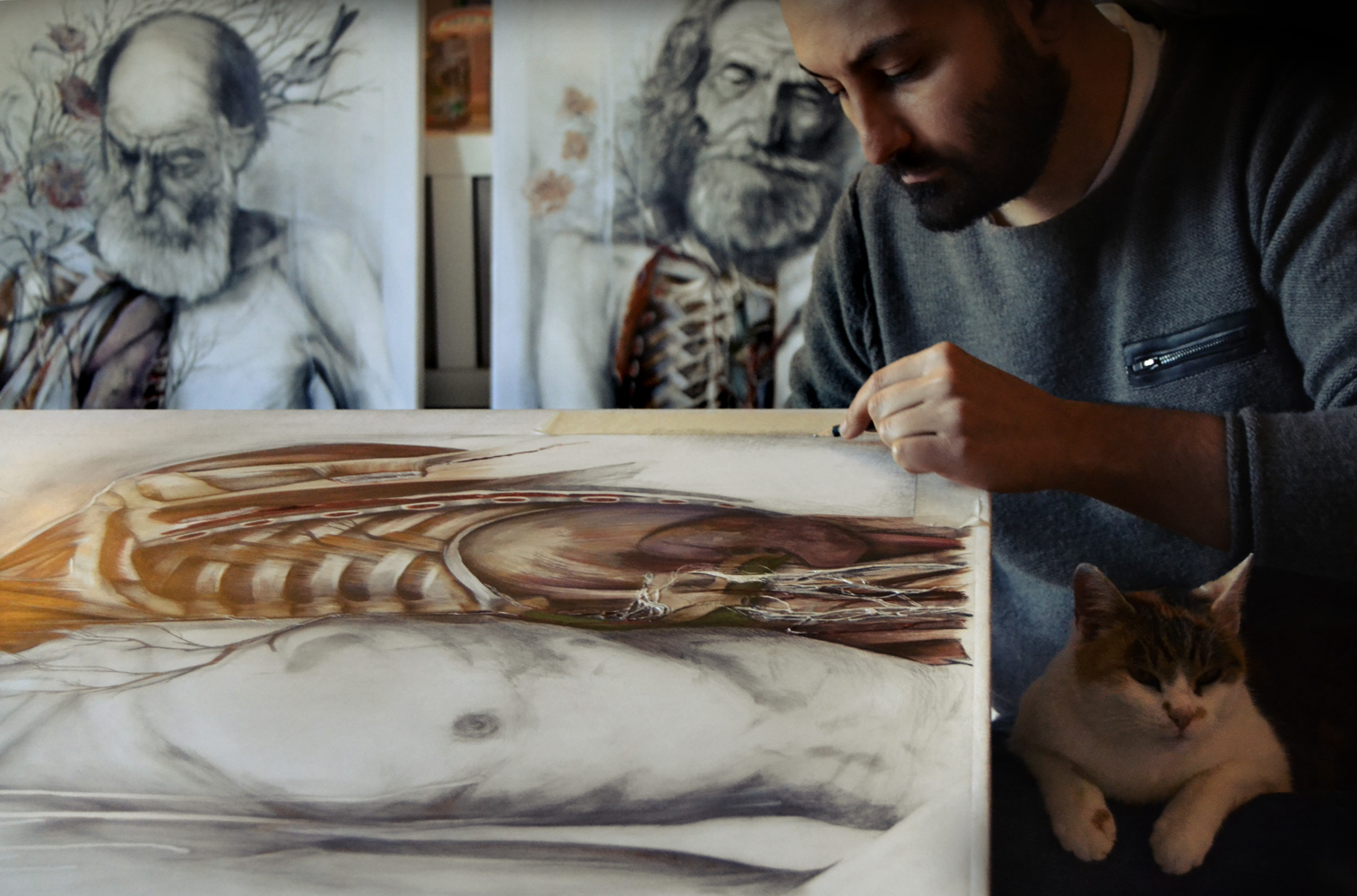
The Spiral Jetty is one of those landmarks that gets posted and reposted all over the Internet. Chances are, most people who come across the image don’t know that the massive swirly waterscape is actually a profound earthwork designed and created by American sculptor, Robert Smithson in 1970.
Recently, there has been concern about a drought in Salt Lake, Utah, the home of Smithson’s aquatic pinwheel. It has already been decided that no further action will be taken to protect the Jetty. In fact, critics have come out stating that if Smithson were alive, he would have encouraged us to let nature take it’s course, even if that ultimately lead to the destruction of his work. But why would an artist coax the natural destruction of his own hard labor?
The documentary, Troublemakers: The Story of Land Art, premieres this week in New York City and explores the evolution of land art in America. The film primarily features a group of New York-based artists (including Smithson) and their participation during this revolutionary art movement where sculpture, photography, architecture, technology, and archeology converge.
Land art / earthworks broke into the art scene in the late 1960s, early 1970s as a mode of social and political commentary regarding global issues of the time. The artists aimed to explore the Earth’s natural landscape as a medium in order to work outside the haughty confines of galleries and museums, as well as to critique the expansion of urbanization and human interference with the environment.
Troublemakers reveals rare footage and interviews with Smithson and other land artists like Michael Heizer (Double Negative) and Walter De Maria (The Lightning Field). These groundbreaking artists paved the way for contemporary artists today, highlighting the many conformities that are connoted with pop culture, urban life, and even the corruption surrounding political uncertainties, all of which are still prevalent in 2015.
Troublemakers: The Story of Land Art will be shown at New York Film Festival this Thursday and Sunday and on view throughout the country on select dates.


construction of Star Axis,
1976

Kunsthalle Bern (1969), Photo: Balthasar Burkhard

To answer the earlier question without giving away most of the movie, one of the theories Smithson sought to reveal through The Spiral Jetty was the negative effect following human intervention and commoditization of the American landscape. Any attempt to prevent the drought to protect his works would conflict with the original purpose of it’s creation.
Like this article? Check out a few recent art projects that explore environmental and sociopolitical issues, or other community-minded artists.







